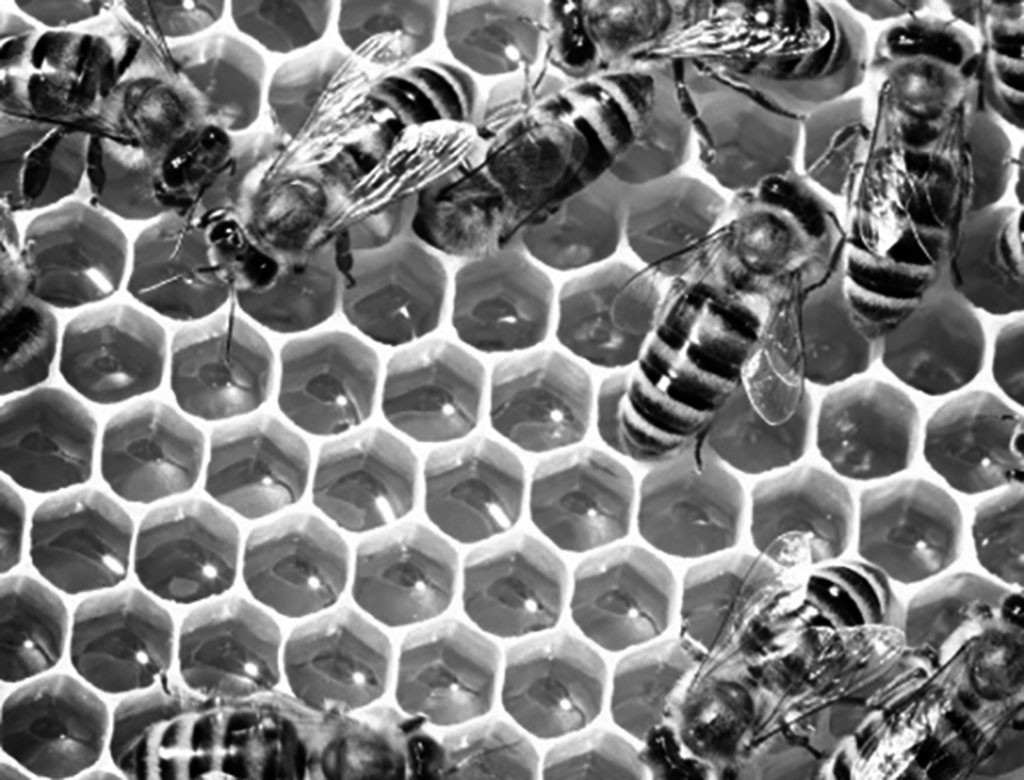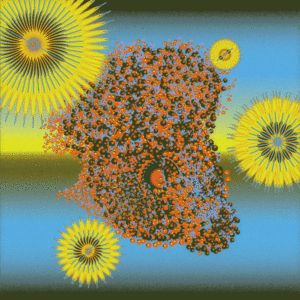Royal treatment
Honeybee protein keeps cultured embryonic stem cells youthful

For worker honeybees intent on nurturing one of their own into the role of leader, it pays to treat her like a queen. And that means feeding her a steady diet of royal jelly, a gooey substance secreted by worker bees that promotes cell growth.
Now dermatologist Kevin Wang, MD, PhD, and plastic and reconstructive surgeon Derrick Wan, MD, have found that a protein in mammals that is similar to royalactin, the active ingredient in royal jelly, also affects embryonic stem cells in mice by suspending them in a state called pluripotency — an early stage of development before cells mature into specific types.
The discovery offers biomedical researchers new ways to work with pluripotent embryonic stem cells, which can become any cell in the body. Generally, researchers use inhibitor molecules to keep cells pluripotent until they want them to develop further. But with royalactin and its mammalian counterpart, no inhibitors were needed.
In folklore, royal jelly is bestowed with powerful regenerative properties. “It’s kind of like a super-medicine, particularly in Asia and Europe,” said Wang. Among bees, larvae are fed royal jelly the first few days after hatching. Worker larvae are quickly switched to a combination diet of royal jelly, honey and a pollen concoction known as “bee bread.” But bees destined to be queens are fed only royal jelly and grow much larger than workers.
“It’s fascinating. … We’ve connected something mythical to something real.”
In testing the impact of royalactin on embryonic stem cells of mice, Wang and Wan were surprised that the protein worked as a kind of fountain of youth for mouse cells even though mammals don’t make royalactin.
So they looked for a mammalian equivalent of royalactin and discovered NHLRC3, a protein that is produced early in embryonic development in all mammals and is similar to royalactin in its effect on mouse embryonic stem cells. They renamed the protein Regina — Latin for queen.
“It’s fascinating. … We’ve connected something mythical to something real,” Wang said. The study, published Dec. 4 in Nature Communications, reveals new pathways to pluripotency and suggests novel ways to keep stem cells in suspended animation until needed. Wang was the senior author, and Wan was the lead author.
They plan to investigate whether Regina has any effect on wound healing or tissue regeneration in mammals.

